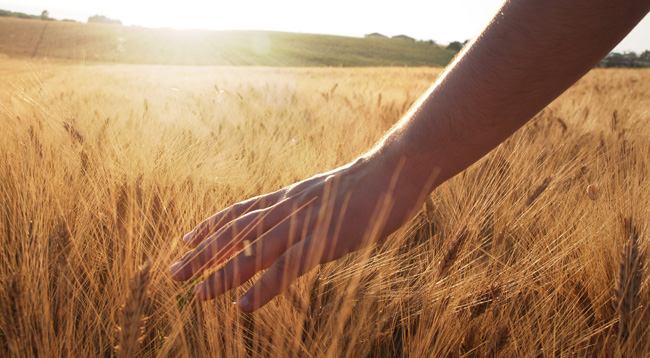
Ancient grains: fashion or necessity? What’s wrong with modern wheat? Alternative cereals: are they really worth more? In the May edition of Dolcesalato we have tried to give some answers to these questions by giving a voice to different experts, taking into considering that the research and debate on these topics is very intense.
It probably isn’t a case of “it was better when it was worse” but we are now aware of the fact that scientific progress, hand in hand with the economic interests of certain lobbies, has resulted in the loss of biodiversity in the cereals which used to characterize our country. The diet of the last century has been gradually more and more focused on the exclusive consumption of the modern varieties of wheat, which have undoubtedly been improved regarding their output from the field as well as refined as much as possible. The growing awareness on the part of the consumers and the media towards natural and health foods has recently fuelled interest towards the recovery of lost and alternative cereals, an interest tied also to the fact that some of these cereals are better tolerated by those who suffer from hypersensitive or allergies. However these theories are in part renounced, as explained to us by professor Franco Antoniazzi, food scientist. In this sense they are still to be scientifically tested.
The consumption of ancient cereals or minor cereals and also of the so-called pseudo-cereals is of great national interest because their composition is considered extremely good for the health, with particular respect to some small elements such as fiber, starch, minerals, vitamins and phenols (Wijngaard HH & Arendt E, 2006). From a technical point of view, however, it seems that they all have a low technological value in common, but “the weakness of the flours”, continues Antoniazzi, “doesn’t scare the real professionals and today’s technology, which makes it easy to overcome these problems. Furthermore there are also ready-made mixes suitable for artisans already on the market, to which you only need to add water, yeast and salt”.